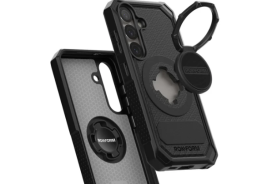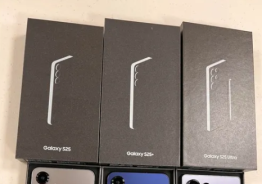Google's very first Nexus, the Nexus One, has been chosen to be one of the first Android smartphones sent into outer space. It also will be one of the first attempts at controlling a satellite with a smartphone.
The Google Nexus One was the first Nexus smartphone sold by Google. It was originally built by HTC and was released in January 2010. The smartphone has been chosen by University of Surrey's Space Centre to be the first Android-powered smartphone to be sent into orbit. It will be strapped to the STRaND-1, a small satellite used for research and will launch from Sriharikota, India in late February 2013.
"A smartphone on a satellite like this has never been launched before but our tests have been pretty thorough, subjecting the phone to oven and freezer temperatures, to a vacuum and blasting it with radiation," Dr Chris Bridges, SSC's lead engineer on the project, said in a statement on Thursday."
You might be wondering why the Nexus One was chosen and not a more recent smartphone. It all comes down to what was available when the team began planning the project. At that time, the Nexus One was considered "the best Android handset available." This project will literally send the Nexus One out of this world on February 25 after two years of planning.
The Nexus One will have important missions when it reaches outer space. First, it will be used with the STRaND-1 satellite to collect data using the university's telemetry app that logs all of the sensors, memory and computing chips to see how they operate in space.
The smartphone will also run apps chosen in a Facebook competition to see how the apps run in space. One of the apps called "Scream in Space" will use the Nexus One's speakers to test whether someone can actually scream in space. An app called iTesa will be used to record the magnetic field around the smartphone, and an app called Postcards from Space/360 will take photos using the Nexus One's camera to establish its position in orbit. The Nexus One will also be given the very important role of attempting to control a satellite with a smartphone, something that has never been attempted before this mission.
© Copyright 2025 Mobile & Apps, All rights reserved. Do not reproduce without permission.















